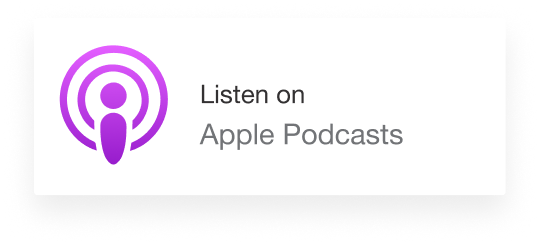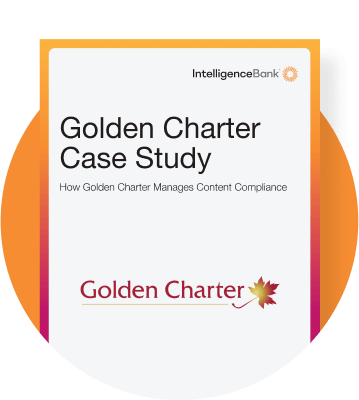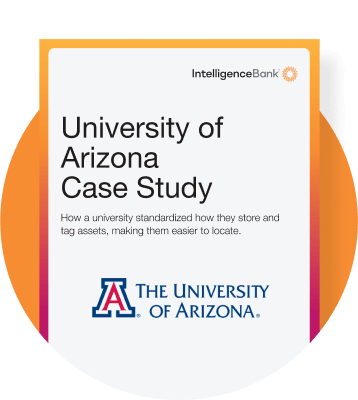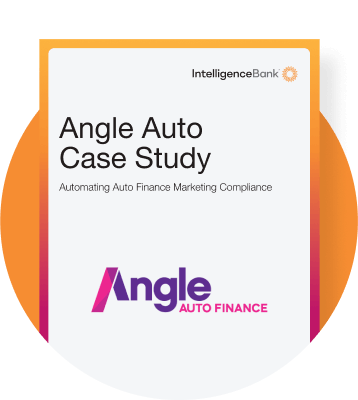Metadata, the unsung hero of content organization.
If you have ever wondered what a winning metadata strategy looks like, join this conversation featuring John Horodyski, Executive Director at Salt Flats as he talks with Tessa Court and William Tyree through the in’s and out’s of metadata. John takes us on a deep dive into the world of metadata, the unsung hero of content organization. He highlights how the proper application of metadata can significantly enhance accessibility, searchability, and overall workflow efficiency when dealing with digital assets. John demystifies how metadata can revolutionize the way we catalog, find, and utilize our digital resources. Tune in as John takes us on a journey through the intricacies of metadata, the indispensability of digital asset management, and the transformative power of artificial intelligence. Whether you’re a marketer, a content strategist, or someone who’s simply curious about the forces shaping the digital world, this episode is a must-listen.
Learn more about Salt Flats at https://saltflats.co/
Subscribe to the Brand Intelligence podcast on your favorite platforms
Episode Transcript
Tessa Court (00:04):
Welcome to the Brand Intelligence Podcast from Intelligence Bank, the show where we pull back the curtain on some of the world’s smartest brands in content branding initiatives, and the people behind all of the great work doing this. I’m your co-host Tessa Court, and here with me today is William Tyre, and today we’re taking a deep dive into the world of digital asset management, metadata and ai, and why they’re important. Joining us today is John Horodyski, who is a world leading author and metadata and content strategy expert and currently at Salt Fat. So welcome John, and hi William.
John Horodyski (00:37):
Thank You so much. Hey,
William Tyree (00:38):
Good to be with you.
Tessa Court (00:39):
Before I turn it over to William to ask all the fun and hard questions, John, I want to hear about your theme song first and why you love it. So I have a firm belief that everyone has a theme song that either sums up their life or makes them super happy. Mine is usually Proud Mary just because it’s the very best one to do in karaoke. It was the first dance song at my wedding, and importantly, it’s about appreciating the finer things in life and the smaller things in life. But also because I’m a nineties tragic, I’m also listening to Hootie and the Blowfish and Plush by Stone Temple Pilot. So what’s yours? That’s really embarrassing, I just said that, but I’d love to hear what your theme song is too.
John Horodyski (01:15):
Love STP. I saw them back in the day. Wow. Nineties tragic. Well, I mean, Tessa, I turned 50 this year, so I’m all about the nineties tragic, and that goes to many things. But it’s funny, when I wrote my book, I had a section in there where I did a metadata example of my name, my date, my favorite color, and my favorite stuff. And my favorite song at the time is actually from an Australian band by the name of Tam Impala. And the song is called New Person, same Old Mistakes. I love this song because A, I love the band, but B, it’s all about hope and the ability to change, and I’m a sucker for that type of stuff. And that goes to many songs in the eighties and nineties, the Verbs, bittersweet, symphony, Madonna’s, Ray of Life, the Smiths. There is a light that never goes out, songs about hope and change. And if I’m going to do karaoke with you, Tessa Alanis Morissette, you ought to know, come on, come on. That’s a great one. You can belt it out. It’s a perfect one.
Tessa Court (02:18):
I think we could do that.
John Horodyski (02:19):
So William, what’s your theme song?
William Tyree (02:22):
I would say mind changes about every five minutes, but right now there’s just so much going on in the world. I’m going to choose something a little bit that some people might say a little lighter, fair, more shallow. But I absolutely love Dua Lipa’s Levitating. I know it’s been out for a couple of years, but that song has amazing staying Power. You put that on an any room today and it’s become like an all time banger. I just love that it instantly injects likeness and energy into any room. So I’ll stick with that.
John Horodyski (02:57):
If we are thinking of starting a damn series, I think we’ve got the beginnings right here. I think we can do it.
William Tyree (03:02):
That’s right.
Tessa Court (03:03):
I think we at least have a playlist.
John Horodyski (03:04):
We at least have a playlist.
Tessa Court (03:07):
So hand it over to you, William, it’s John and here all about dam and metadata and why that matters for brands.
William Tyree (03:13):
So John, let’s start with this. How did you become a dam and metadata expert?
John Horodyski (03:18):
How did I become? It goes way back in the day. So in fact, I am a librarian and an archivist. So went to grad school, got two master’s degrees, library and information science and archival studies. And as a younger individual, I always loved history and writing and all that cool stuff and I went to grad school for those things. And the funny thing was happening at the time, the internet was a thing and I found myself gravitating towards digital stuff as opposed to books and papers and old documents. And I really thought this was interesting. The internet’s going to stay, what do we do with it? How do we manage digital objects? And funny enough, in Vancouver where I did my graduate work, electronic arts, the world’s largest video game company is there and I cold called them and said, Hey, I’m doing graduate level work in something called Digital asset management.
(04:09):
Could I come there for a few months for free? And they’re like, yes, we don’t even know what that means, but come on in. And sure enough, after a few months and when I graduated, they said, can you stay and we’ll actually pay you to do this stuff because we really need this damn stuff. And that’s how it all happened. So digital asset management, and obviously with librarianship and information studies, it’s all about categorization and identification and description and guess what? That’s metadata. So that’s how I got my start and happy am I to have been doing this for over 20 years and keep on doing it.
William Tyree (04:42):
I absolutely love that story and I love that it sounds almost like you’re playing with toys that you really, really like. It sounds amazing, by the way, what was your favorite toy when you wanted to grow up? Was it something related to the library?
John Horodyski (04:57):
Well, hopefully sharing is caring. Apparently my parents said I was a very organized child, so I don’t know if it was the Fisher-Price stacking blocks that I just consistently always put together by that way. But definitely Lego, I mean, come on, little kid. Lego, Lego, Lego building things, deconstructing building it again, definitely word games, crayons, but yeah, Lego and building blocks. Good question. Good question.
Tessa Court (05:23):
I bet you did not follow the instructions. I bet you were just totally creative and just did it.
John Horodyski (05:27):
I mean the instructions were there, but once I saw it I went, that’s cool. And then move that to the side and then keep on going. That’s why Lego is such an impactful part of childhood and the building blocks, you can build whatever you want
Listen to the full episode to see even more great conversation between John Horodyski, Tessa Court and William Tyree…










